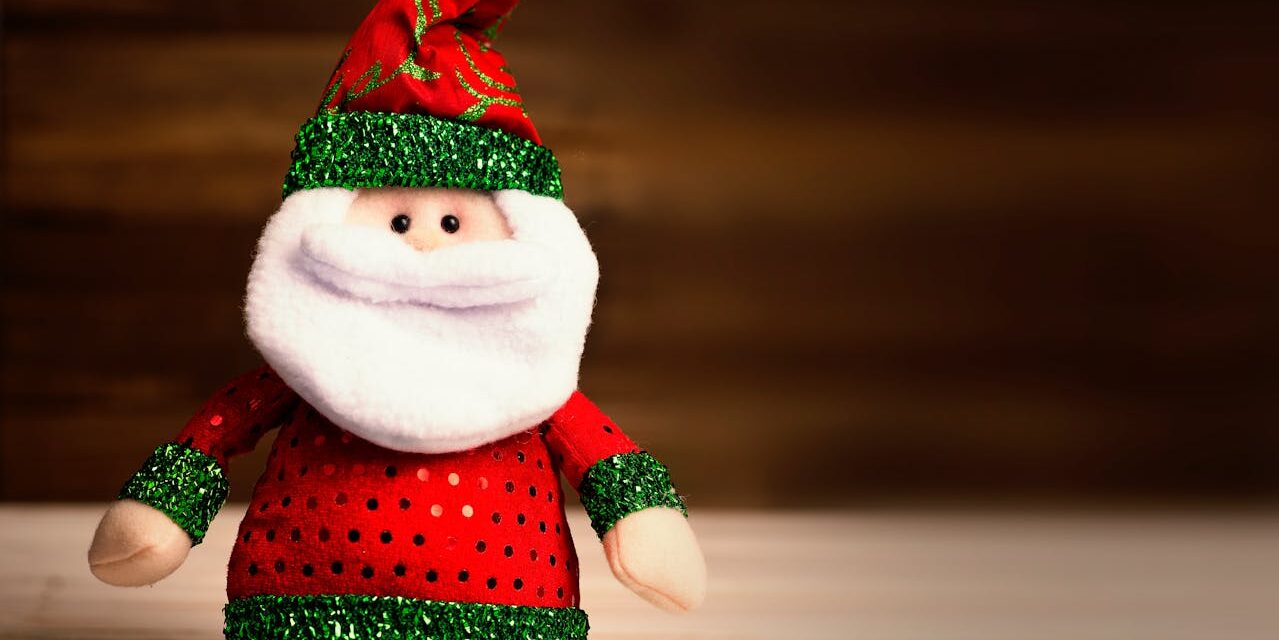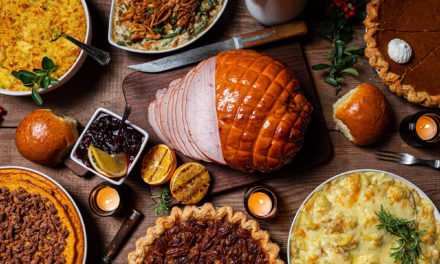Santa Claus, a beloved figure associated with Christmas, has a fascinating and diverse history that spans the globe.
His origins and the traditions surrounding him vary largely from one culture to a different one, reflecting local customs, folklore, and religious influences.
Let’s embark on a journey to explore the history of Santa Claus and his counterparts in various countries.
Table of Contents
The Origins of Santa Claus
Saint Nicholas
The modern and current image of Santa Claus is largely derived from Saint Nicholas, a 4th-century Greek bishop of Myra (now in Turkey).
Known for his generosity and miracles, Saint Nicholas became and turned into the patron saint of children and sailors. His feast day, December 6th, was celebrated with gift-giving and charity.
Sinterklaas
In the Netherlands, Saint Nicholas evolved into Sinterklaas for the Dutch, a figure who arrives by steamboat from Spain and rides a white horse.
Children leave their shoes out on December 5th, filled with hay and carrots for Sinterklaas’s horse, hoping to receive gifts in return.
Washington Irving
Washington Irving played a significant role in shaping the American image of Santa Claus.
In his 1809 book, “A History of New York,” Irving introduced the character of Saint Nicholas as a jolly Dutchman who flew around in a dream sequence and delivered gifts. This portrayal influenced the evolution of Santa Claus into the modern figure we recognize today.
Santa Claus in Different Countries
United States and Canada
Santa Claus: In North America, Santa Claus is a jolly, fat man with a big white beard, a red suit, and a sack full of lots of toys. His modern image was popularized by Clement Clarke Moore’s 1823 influential poem “A Visit from St. Nicholas” and Coca-Cola’s advertisements in the 1930s. Santa delivers presents on Christmas Eve, traveling in a sleigh pulled by reindeer.
United Kingdom
Father Christmas: In the UK, Father Christmas is similar to Santa Claus but has roots in pagan traditions and was originally associated with adult feasting and merriment. Over time, he merged with the image of Santa Claus and now delivers gifts to children on Christmas Eve.
Germany
Weihnachtsmann: The German Christmas Man, or Weihnachtsmann, resembles Santa Claus and delivers gifts on Christmas Eve. Germany also celebrates St. Nicholas Day on December 6th, when children receive small gifts and sweets.
Christkind: In some regions, the Christkind (Christ Child) brings gifts on Christmas Eve. This angelic figure, often depicted as a young girl with curly blonde hair, was introduced by Martin Luther during the Protestant Reformation to shift the focus away from Saint Nicholas.
France
Père Noël: In France, Père Noël (Father Christmas) delivers presents on Christmas Eve. Children in France leave their shoes by the fireplace to be filled with gifts. In eastern France, Saint Nicholas is still celebrated on December 6th.
Italy
Babbo Natale: Similar to Santa Claus, Babbo Natale delivers presents on Christmas Eve. However, Italian children also celebrate La Befana on January 6th, the Epiphany. According to legend, Befana is an old woman who brings gifts to children, riding a broomstick.
Spain and Latin America
Los Reyes Magos: In Spain and many Latin American countries, the Three Wise Men (Los Reyes Magos) bring gifts to children on January 6th, celebrating the Epiphany. Children leave out their shoes to be filled with presents.
Russia
Ded Moroz: In Russia, Ded Moroz (Grandfather Frost) delivers presents on New Year’s Eve, accompanied by his granddaughter, Snegurochka (the Snow Maiden). Ded Moroz wears a long, blue or red fur coat and travels in a troika (a sleigh pulled by three horses).
Japan
Hotei-osho: In Japan, Hotei-osho, a Buddhist monk, is sometimes associated with Santa Claus. He is depicted with a large belly and a sack of gifts. Christmas in Japan is more of a commercial holiday, and Santa Claus is also popular, known as サンタさん (Santa-san).
Scandinavian Countries
Joulupukki: In Finland, Joulupukki (Christmas Goat) delivers gifts. This figure, originally a pagan goat-like creature, evolved into a Santa-like figure over time. Joulupukki visits homes on Christmas Eve, often accompanied by a wife or elves.
Julenisse: In Norway and Denmark, Julenisse, a Christmas gnome, delivers presents. He is believed to live in barns and requires a bowl of porridge with butter to be left out on Christmas Eve.
Netherlands and Belgium
Sinterklaas: Celebrated on December 5th in the Netherlands and December 6th in Belgium, Sinterklaas arrives from Spain with his helper, Zwarte Piet. Children leave shoes out for Sinterklaas, who fills them with gifts and sweets.
Fun Things to Do in These Places
United States and Canada
- Visit Santa at the mall or at special events.
- Enjoy Christmas parades and light displays.
United Kingdom
- Explore Christmas markets.
- Attend pantomime performances.
Germany
- Visit traditional Christmas markets.
- Enjoy Glühwein (mulled wine) and holiday treats.
France
- Experience festive Christmas markets.
- Enjoy a traditional French Christmas meal with family.
Italy
- Participate in Christmas Eve midnight mass.
- Experience the festive atmosphere of Italian piazzas.
Spain and Latin America
- Attend the Three Kings’ Parade.
- Enjoy festive meals with family and friends.
Russia
- Attend New Year’s Eve celebrations.
- Visit winter fairs and ice skating rinks.
Japan
- Enjoy Christmas illuminations.
- Visit Tokyo Disneyland’s Christmas events.
Scandinavian Countries
- Experience a traditional Scandinavian Christmas meal.
- Enjoy outdoor winter activities like sledding and skiing.
Netherlands and Belgium
- Participate in Sinterklaas parades and events.
- Visit Christmas markets and enjoy festive foods.
Q&A: Common Questions about Santa Claus
Q: Why does Santa Claus wear red?
A: The red suit of Santa Claus was popularized by Coca-Cola’s advertisements in the 1930s, but the depiction can also be traced back to the works of illustrator Thomas Nast in the 19th century.
Q: What is the origin of leaving cookies for Santa?
A: The tradition of leaving cookies for Santa Claus is thought to have originated from the ancient Norse practice of leaving food for Odin’s eight-legged horse, Sleipnir, during the Yule season.
Q: How do different cultures celebrate Santa Claus?
A: Different cultures celebrate Santa Claus in unique ways, reflecting local customs and traditions. For example, in the Netherlands, Sinterklaas arrives by steamboat, while Ded Moroz delivers gifts on New Year’s Eve in Russia.
Q: Why does Santa Claus come on different dates in various countries?
A: The date Santa Claus comes varies due to different cultural traditions and historical practices. For instance, in many European countries, Saint Nicholas is celebrated on December 6th, while Santa Claus delivers gifts on Christmas Eve in the United States.
The Future of Santa Claus Traditions
As global cultures continue to intermingle, the traditions surrounding Santa Claus and his counterparts will likely evolve, incorporating new elements while preserving cherished customs.
The enduring appeal of Santa Claus lies in his ability to bring joy, generosity, and a sense of wonder to children and adults alike, making him a timeless figure in the celebration of Christmas worldwide.





